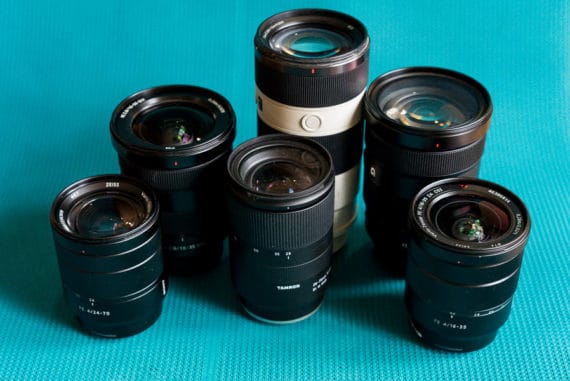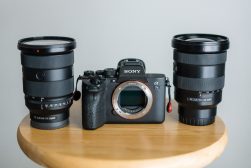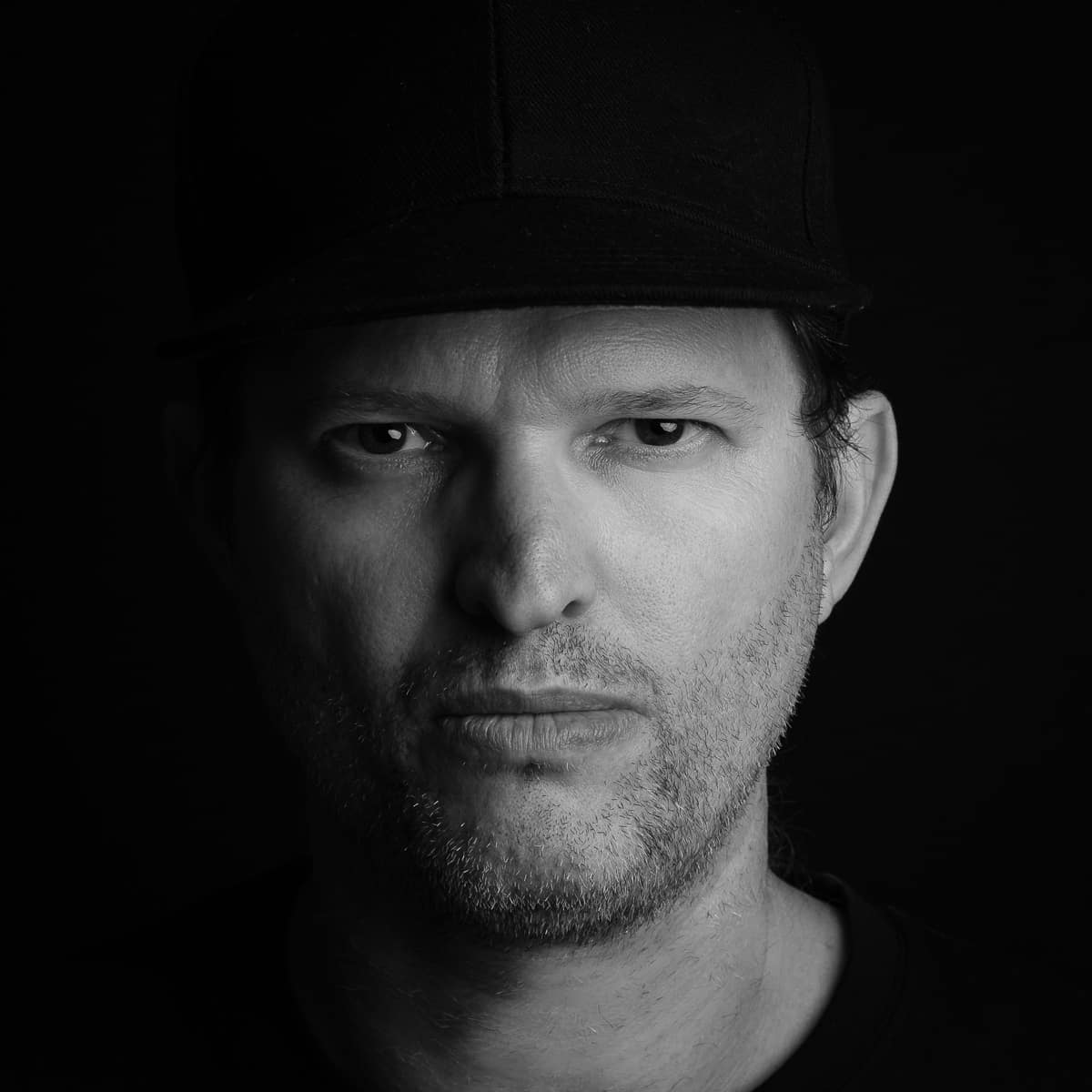
Tamron 28-200mm f/2.8-5.6 Di III RXD Review
An innovative, well-performing superzoom that's CHEAP? Tamron may have done it with the 28-200mm f/2.8-5.6 Di III RXD. Read our review to find out!
I’m not personally a fan of superzooms. That’s probably not the ideal way to start a review like this, but I tend to be open about my biases where I know they exist.
Sure, they’re great for beginners who buy their cameras and leave them in auto mode, but what about everyone else? Normally a 24-105mm will do, but it’s not often we get superzooms that match the criteria set by more seasoned amateurs and protogs.
Traditionally, superzooms come with too many compromises across the focal range. The result is that they try to achieve too many things and fail at most of them.

Innovative, lightweight all-in-one zoom lens that shines in a variety of situations – from macro to landscape.
As someone who has tested several of Tamron’s lenses, I’ve learned to have a healthy respect for the brand’s foray into Sony-land. They’ve done a good job of producing lenses that surprise the critics.
Tamron’s strategy with Sony incorporated changing the lenses’ focal lengths to reduce the lens size while still offering high-quality optics in a plastic body. When you’re paying half the price for a 28-75mm over a 24-70mm that’s also smaller and lighter, it’s already a compelling argument.
Add in that you’re getting 95% of the optical quality, and you have to ask yourself if that extra 5% is really that important. As Tamron discovered, it isn’t – which resulted in Tamron’s Sony mount lenses achieving massive global success.
Now, all that is fine when you’re shaving 4mm off the wide end of a 24-70mm lens, or 20mm off the top end of a 70-200mm to make it lighter, but doing that with a 28-200mm is a lot harder.
I guess that’s why we’re here today: To understand whether Tamron can do enough to change my mind on whether it’s just another “try hard” lens.
Let’s dive in to this Tamron 28-200mm f/2.8-5.6 review to find out.
Tamron 28-200mm f/2.8-5.6 Di III RXD Specs
- Image quality
- Solid build
- Price
- Very few compromises for a superzoom
- No image stabilisation
- Lens hood feels cheap
- Focal Length: 28 to 200mm
- Maximum Aperture: f/2.8 to 5.6
- Minimum Aperture: f/16 to 32
- Lens Mount: Sony E
- Format Compatibility: Full-Frame
- Angle of View: 75° 23′ to 12° 21′
- Minimum Focus Distance: 7.5″ / 19.05 cm
- Maximum Magnification: 0.32x
- Optical Design: 18 Elements in 14 Groups
- Diaphragm Blades: 7, Rounded
- Focus Type: Autofocus
- Image Stabilization: No
- Filter Size: 67 mm (Front)
- Dimensions: (ø x L) 2.91 x 4.6″ / 74 x 116.8 mm
- Weight: 1.27 lb / 575.5 g
Build & Ergonomics
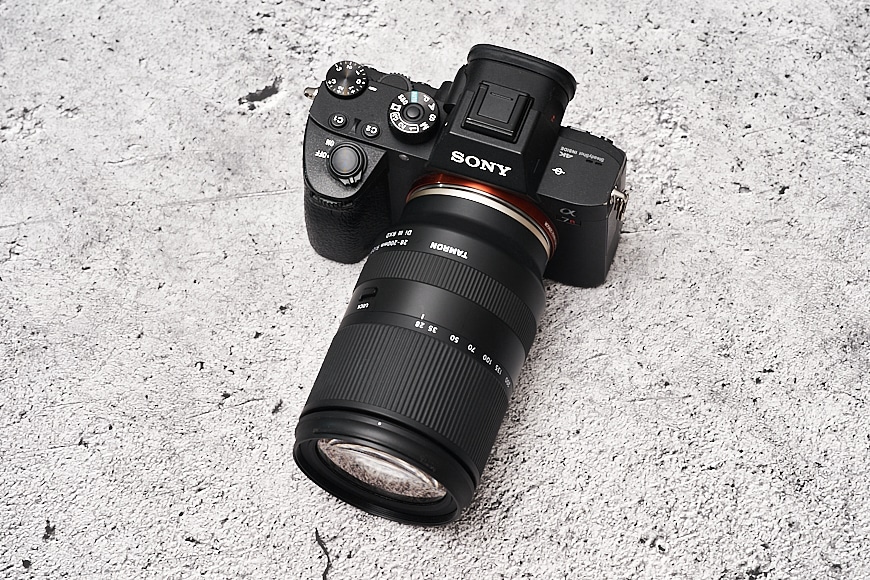
The Tamron 28-200mm f/2.8-5.6 Di III RXD is mid-sized, but small enough to carry around for travel without looking like a target for thieves.
The construction on the Tamron 28-200mm is fairly similar to the rest of Tamron’s range of RXD lenses. It’s a high-quality modern plastic construction.
The Tamron 28-200mm comes across as solid and well-built. Some plastic lenses can feel cheap and nasty, but this Tamron doesn’t fall into that category. It feels premium.
The zoom and manual focus mechanisms are smooth. My only dislike on the build quality is the hood, which feels like a lower-grade plastic than the rest of the lens, but it’s not a deal-breaker in my opinion.
As far as features go, this portion is going to be a little bare. Unlike Sigma and Sony, Tamron has kept buttons and switches to a minimum.
I consider that an acceptable compromise for the target market of this lens. Sony cameras provide enough button customisation to avoid this being an issue.

Alongside the Tamron 70-300mm f/4.5-6.3 Di III RXD, the Tamron 28-200mm f/2.8-5.6 Di III RXD is compact.
This isn’t the kind of lens where I would typically switch between manual and autofocus on the fly. The only switch you’ll find is a lens lock which keeps the lens locked in a compact form.
Aside from that, you’ll find the zoom ring and manual focus ring. Both of these are good quality with a nice feel.
The one thing missing from this lens is lens stabilisation. This could be a showstopper for owners of older generation Sony A7 cameras, but for the newer models, it’s a minor inconvenience at best.
While the newer bodies have IBIS, I still think the focal range warrants IBIS. Lenses with stabilisation offer about 1 – 1.5 stops improvement over their non-stabilised counterparts. I would consider that when you are taking photos at longer focal lengths.
Focus Performance

Focus performance of the Tamron 28-200mm f/2.8-5.6 Di III RXD is great for a lens of this style and exceeded my expectations.
Focus performance is good, which is impressive for a lens of this range. It’s not going to match more sports-orientated lenses like the Sony 70-200mm f/2.8 or Tamron’s own 70-180mm, but it’s still impressive.
I don’t expect a lens like this to perform like a sports lens, but it was capable of handling most action shots I threw at it. The main differences tend to be situations where the autofocus requires a major shift – like shifting from something near to far.
My first test is usually my kids – who generally move faster than an Olympic athlete – and the Tamron 28-200mm had no issues keeping up with them…
Pushing it a little further showed that it was perfectly capable of most everyday requirements.
The autofocus was great across the entire focal length and Eye-AF picked up without any delays or hunting. Low light autofocus was a little worse, but not unacceptable or substandard for these conditions.
Image Quality

Under low light (which is common with strobes), the AF had no issues acquiring my daughter’s eyes.
I mentioned at the beginning of this review that I had some preconceived biases with my experience of superzooms. This is one of those occasions where I was happy to be proved wrong.
I expected the 28-200mm to be good, but it is really an outstanding lens. I know that may seem like a fairly open statement, so let me clarify.
I think the Tamron 28-200mm f/2.8-5.6 Di III RXD is close enough to the Tamron 28-75mm f/2.8 Di III RXD that a large portion of the user base who don’t need the f/2.8 across the entire focal length would be happy with the lens. Given how close the 28-75 is to the Sony 24-70mm GM, that’s impressive.
As far as distortion goes, there is nothing to be concerned about. The limited distortion is easily fixed in Lightroom or Capture One, and the standard lens profiles should take care of this.
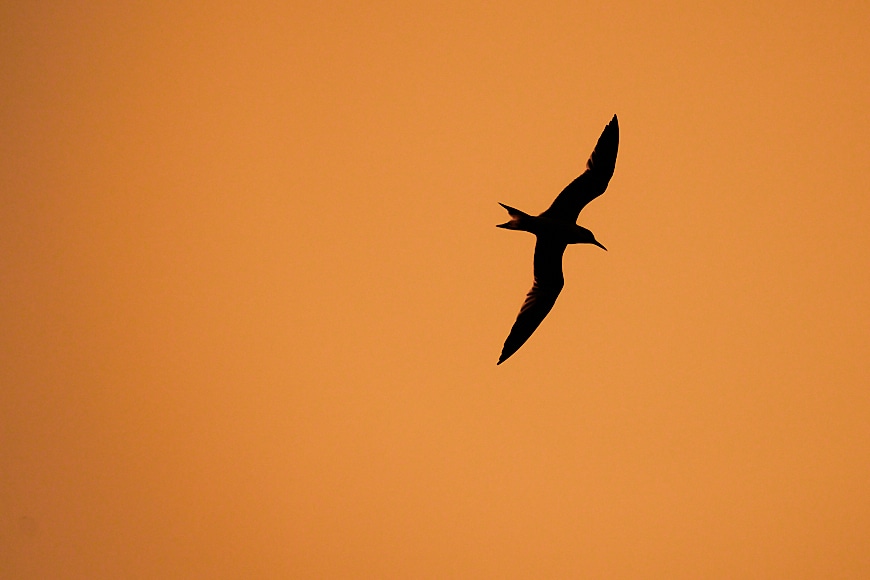
The Tamron 28-200mm f/2.8-5.6 Di III RXD had no problems keeping up with birds, even when they were quick.
Chromatic aberration is well controlled. Given the focal range, that’s an impressive feat. It’s not completely absent, but you have to push the lens to see it, mainly around trees directly into sunlight or reflections off the water.
I used to recommend the Sony 24-105mm as a travel lens, but now if someone were to ask me for a one-lens travel kit, the Tamron 28-200mm f/2.8-5.6 would be my recommendation. It is that good.
Over the time period I was reviewing this lens, I found myself adding the 28-200mm to my shopping cart only to stop myself at check out. What are you doing, you idiot, you’re a prime shooter!
And yet a week later, it would find its way back into my cart while I thought about how nice it would be to have in my quiver of lenses. I’m heading away on holiday soon, and I know this on lens would help me drop three lenses out of my kit…
Tamron 28-200mm f/2.8-5.6 Di III Sample Images
Check out these sample images taken with the Tamron 28-200mm f/2.8-5.6 Di III.

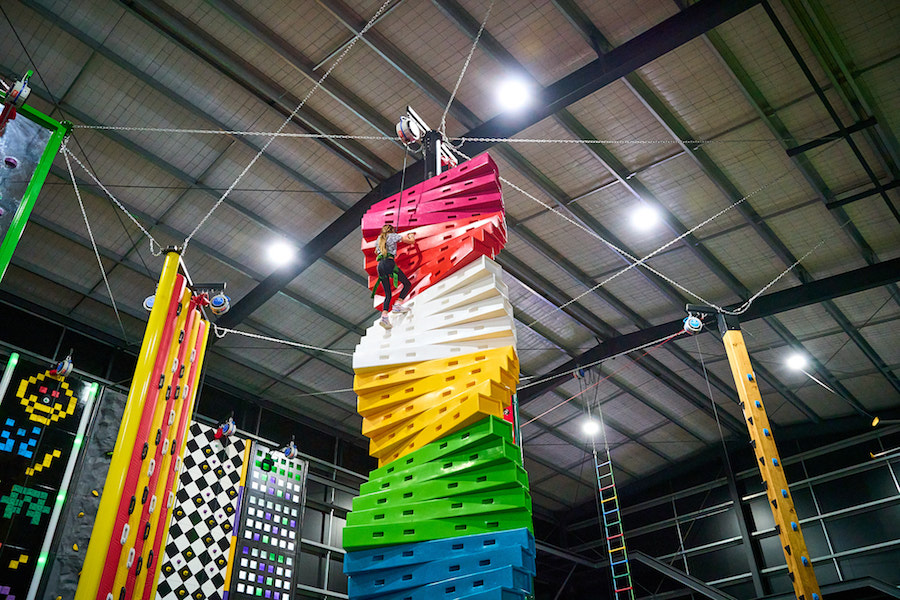




Value for Money
The Tamron 28-200mm f/2.8-5.6 Di III RXD retails for around US$730, although I’ve seen it listed for as low as $650 with some Black Friday sales. You almost have to pause it let that sink in for a little while.
In the value for money stakes, that is very impressive. Near pro quality in a 28-200mm focal range with a $700 price tag. That’s excellent.
There aren’t too many competitors in that range, at least not offering the same image quality levels. The Sony FE 24-105mm f/4 G OSS is nearly twice the price.
Tamron 28-200mm f/2.8-5.6 Review | Conclusion
As is the case with many of the lenses Tamron has produced for Sony, I think they’re onto another winner.
These kinds of lenses are the exact reason Tamron is hitting it out of the park at the moment.
It’s a lens that has knocked the Sony FE 24-105mm f/4 G OSS off the mantle as the best travel lens. While the 24-105mm offers the wider 24mm and OSS, it loses the 105-200mm range.
The Tamron 28-200mm f/2.8-5.6 Di III RXD has no issues matching the image quality of the Sony 24-105mm, and while it loses the f/4 at the longer end, it also offers f/2.8 on the wider end, and it does so at half the cost.
As for whether I ended up purchasing one, I decline to say anything on the basis that I may incriminate myself. I’m a prime shooter, so there is no reason for me to have a superzoom in my bag, even if it is just for travel.
One of my young daughters must have accidentally ordered it when I left my laptop open…

Innovative, lightweight all-in-one zoom lens that shines in a variety of situations – from macro to landscape.








